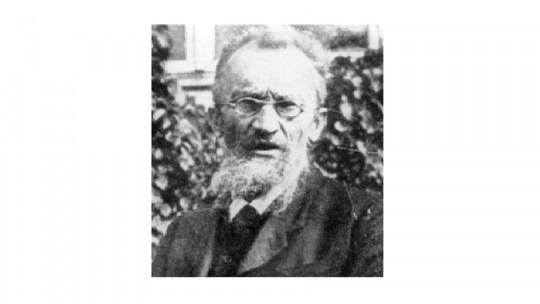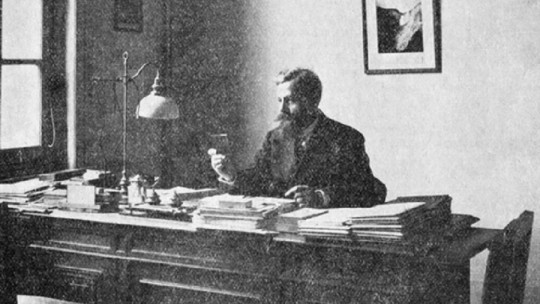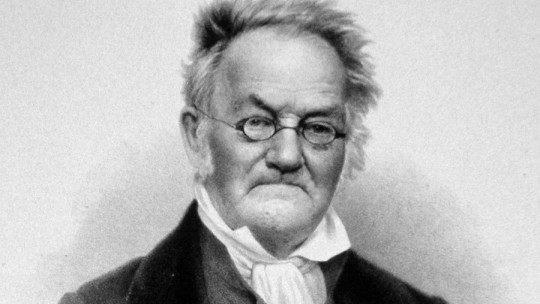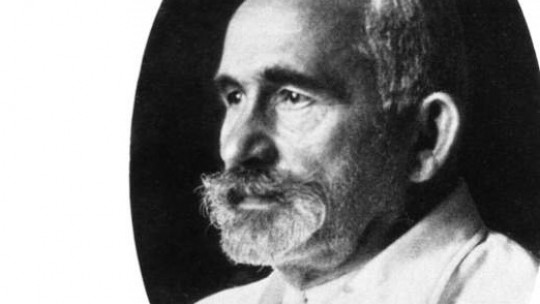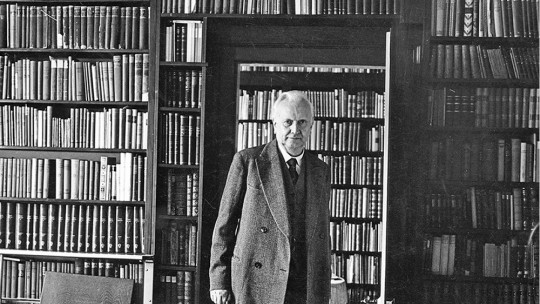Wladimir Köppen was one of the most important geographers of the 19th and early 20th centuries. Although at first his studies were focused on botany, as time went by he became increasingly interested in the climate of both modern and past times.
Of Russian origin but with German lineage, Köppen has been a reference in Germany, Russia and the rest of the world regarding geography, meteorology and climatology, with its system of classification of the Earth’s climates being very famous. valid today with some modification.
Let’s see the life and contributions of this scientist, where his interest in plants and climates came from and what his main works are, through a biography of Wladimir Köppen
Brief biography of Wladimir Köppen
Wladimir Köppen was a Russian geographer, meteorologist, climatologist and botanist of German origin She came from a lineage of illustrious people, since his grandfather was a great doctor, who came to serve the Russian monarchy in the times of the tsars, and his father was a great anthropologist and geographer. His grandfather’s interest in the natural sciences and his father’s interest in the social sciences meant that Wladimir Köppen ended up taking a bit of both, becoming interested in botany and geography.
Early years
Wladimir Petrovich Köppen born on October 8 (Gregorian calendar)/September 25 (Julian calendar) 1846 in Saint Petersburg , Russian empire. His grandfather was one of the many German doctors invited by Empress Catherine II to improve the country’s health, who also became the tsar’s personal physician. His father, Peter von Köppen (1793-1864) was a notable geographer, historian and ethnographer of Russian ancestral cultures who worked at the St. Petersburg Academy.
Köppen’s father encouraged intellectual contacts between Russian scientists and Slavists (experts on Slavic cultures) in Western countries. In gratitude for Peter von Köppen’s services, Tsar Alexander II (1818-1881) of Russia made him an academic and granted him an estate on the southern coast of Crimea, a place that would be very important during Wladimir’s childhood.
Crimea was a place very rich in flora and fauna, a nature that aroused the interest of the young Wladimir Köppen and made him begin his first botanical explorations The richness of the place made him begin to search for an explanation of how temperature influenced the varieties of plants in a certain place. He would carry out these explorations in his free time, after finishing his classes at the Simferopol secondary school, in the Crimean peninsula.
Academic training
After having completed high school in Crimea, Wladimir Köppen He enrolled in botany at the University of Saint Petersburg, where he would begin his classes in 1864 He would not be there forever since in 1867 he would transfer to the University of Heidelberg. Later, in 1870 he would go to the University of Leipzig, the same center where he would defend his doctoral thesis with him on the effects of temperature on plant growth.
During the Franco-Prussian War Wladimir Köppen served in the ambulance medical corps, experience which would help him later work in his hometown at the Central Medical Observatory in Saint Petersburg. Without leaving Russia, between 1872 and 1873 Wladimir Köppen would work in the Russian Meteorological Service.
Weather forecast service
However, he would later return to Germany, moving to Hamburg in 1875 to head the atmospheric telegraphy and marine meteorology division at the German Maritime Observatory (Deutsche Seewarte). Köppen’s task at that institution was to take charge of the weather forecast service for northwestern Germany and neighboring countries
His systematic study of climate was innovative and original for the time, since he used balloons to obtain data from the upper layers of the atmosphere. Thus, thanks to his system, in 1884 he published the first version of his map of climatic zones, plotting the temperature belts of the world according to the monthly thermal average.
In 1900 he introduced his mathematical system for classifying climates, based on the amount of precipitation and the temperature of different places in the world. The complete version of this system would be published in 1918 and, after subsequent modifications, the definitive and final version would be published in 1936.
Last years
In 1919 he would retire from his position at the Hamburg Observatory and in 1924 he would decide to go to Graz, Austria, where he would spend the rest of his days. In 1930 he co-edited a five-volume work on climatology called “Handbuch der Klimatologie” (“Handbook of Climatology”), with the help of German meteorologist Rudolph Geiger. This work was never completed, since Köppen only managed to publish three of the five planned volumes.
Wladimir Petrovich Köppen died on June 22, 1940 at the age of 93 in the city of Graz , at that time Austria under the Nazi regime. After his death in 1940, his colleague Geiger continued the work on modifications to the climate classification system.
Life and personal interests
Köppen’s figure in life was that of a prolific scientist who produced more than 500 scientific documents which demonstrate his great interest and curiosity in science, especially climatology, in which he was such an expert. He was also interested in social issues, such as land use, educational reforms and improving the nutrition of the most disadvantaged. He was an advocate of peace and Esperanto, advocating the use of Esperanto an auxiliary language that he knew how to speak and that, in fact, he made several publications in it.
But he not only dedicated himself to describing the climates of the time, but also investigated what they must have been like in older times. He was a pioneer of the science of paleoclimatology and tried to present his knowledge and theories in a scientific document published in 1924, called “Die Klimate der geologischen Vorzeit” (The climates of the geological past), together with his son-in-law Alfred Wegener, a German scientist who would be known for his theory of drift. continental. This text supported the theory of ice ages proposed by the Serbian geophysicist Milutin Milanković.
Classification of Earth’s climates
As we have mentioned, Wladimir Köppen’s greatest merit among the many he had was his classification of the Earth’s climates. Although throughout the 19th century he already made the first sketches and publications on this issue, in 1918 he revised his first climate scheme, originally published in 1900, and did not stop improving it during his last years of life.
By the time he died in 1940, his proposal had already become widely popular, being used by both geographers and climatologists , especially the aforementioned Trewartha. They adapted and improved this classification, arriving at the current model.
Today the classification of the Earth’s climates is essential to understand how nature is distributed and adapts according to climate and precipitation. It is an empirical classification, which groups climates based on what effects they have on a climate-dependent element or phenomenon, originally Köppen’s proposal being very focused on natural vegetation.
In the original classification, Köppen combined precipitation and temperature taking into account fixed annual and monthly values , regardless of the causes. Based on the majority vegetation of a certain region, temperatures and rainfall, that area was grouped into one or another climatological group. Each climate was assigned a letter, originally being five major climatological types proposed by Wladimir Köppen:
After subsequent revisions carried out by Köppen himself and other scientists, the letters F (equatorial climate) and H (alpine climate) would be added. All these climates are defined by temperature criteria and the type of vegetation present except for climate B in which only precipitation is taken into account.

